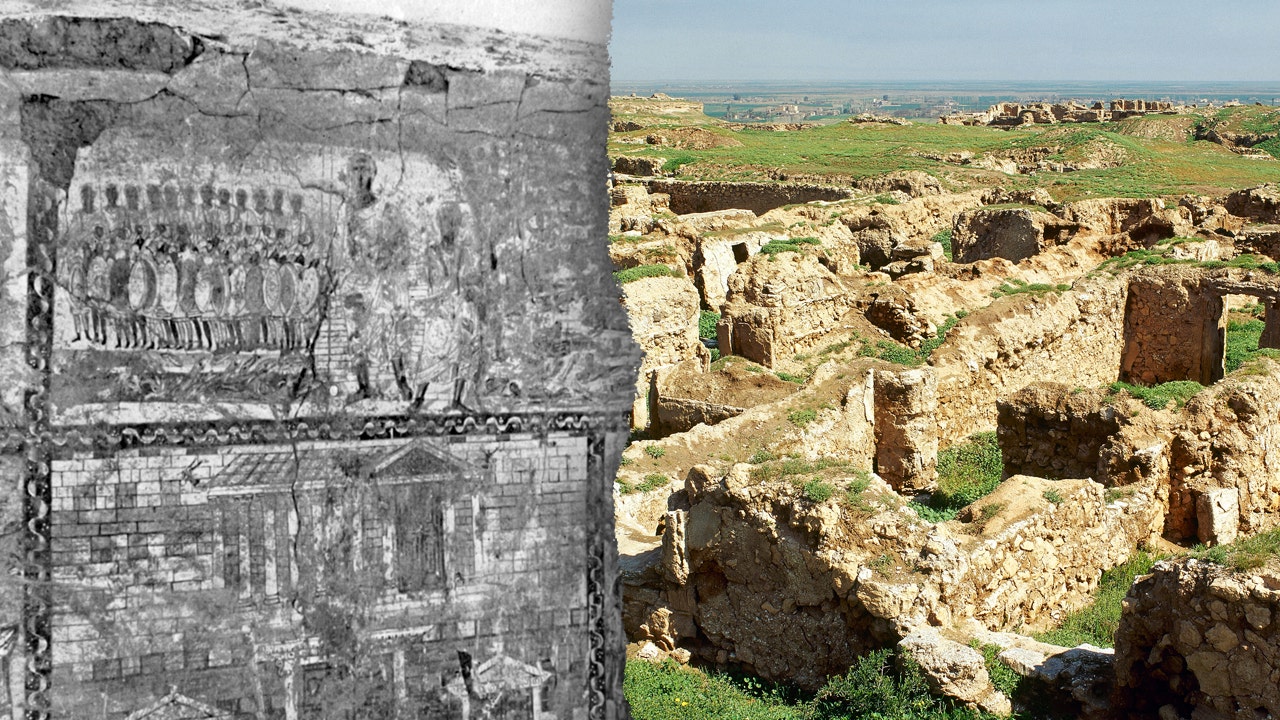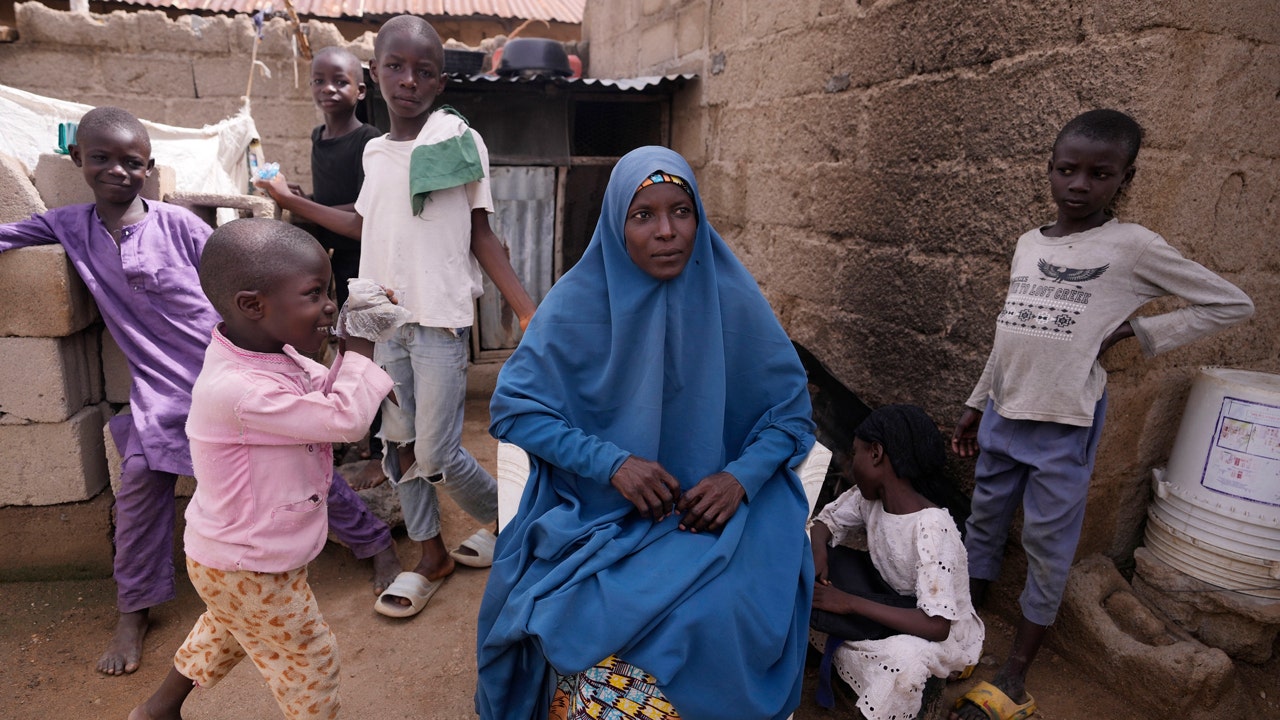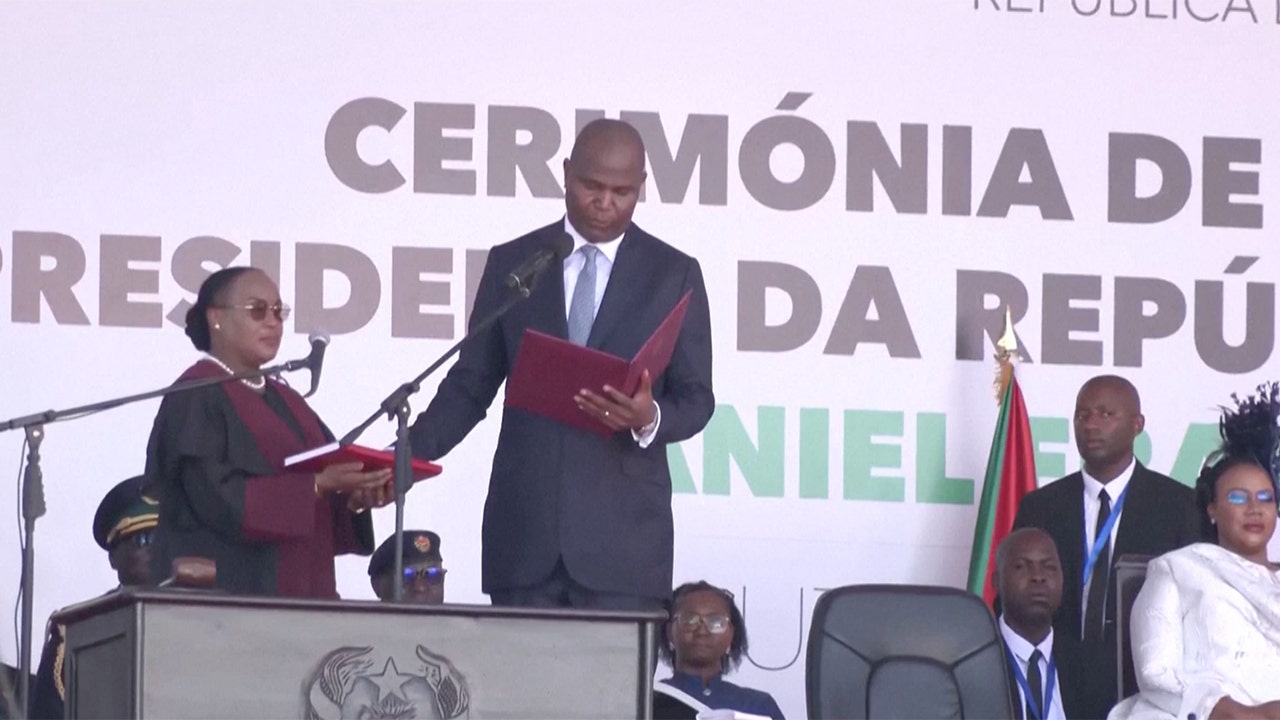Kim Ki-nam, who was often called “North Korea’s Goebbels,” a reference to the Nazi propagandist, because of his role in manufacturing and enforcing totalitarian propaganda for all three generations of the country’s ruling Kim family, has died at 94, North Korean state media reported on Wednesday.
Mr. Kim, who was not related to the North Korean dictators, died of multiple organ failures on Tuesday after having been sick for a year, according to the state media reports. It was not immediately clear where he had died.
Mr. Kim’s tenure as the leader of North Korea’s propaganda apparatus extended from the days of Kim Il-sung, who founded the country at the end of World War II, to 2017.
Propaganda is central to the Kim family’s Stalinist grip on power. The daily coverage of North Korea’s news media, all state-controlled, brims with propaganda designed to keep its 26 million people in the thrall of a personality cult surrounding the ruling family.
All North Koreans are required to wear lapel pins bearing the images of Kim Il-sung and Kim Jong-il, the grandfather and father of the current leader, Kim Jong-un. Their portraits hang on the wall of every home and every office building.
In school textbooks and TV cartoons, the leaders are depicted as capable of turning tree leaves into boats and pine cones into grenades. In every North Korean town, ubiquitous posters and slogans warn of a coming invasion of “American imperialists” and exhort people to turn themselves into “guns and bombs” to defend the Kim family.
This was the work of Kim Ki-nam, who earned comparisons to Joseph Goebbels, Nazi Germany’s propaganda minister.
Mr. Kim was one of the last remaining nonagenarian officials who had survived frequent purges and served the Kim family for three generations. He was particularly close to Kim Jong-il and was a regular attendee of the leader’s late-night parties, according to North Korean experts.
When he visited Seoul in 2005, Mr. Kim became the first North Korean official to visit the South Korean national cemetery, a gesture he could not have made without the approval of Kim Jong-il. He led another North Korean delegation to Seoul in 2009 to offer condolences on the death of Kim Dae-jung, the former South Korean president who held the first inter-Korean summit with Kim Jong-il in 2000.
Kim Ki-nam was one of the seven top Workers’ Party officials and People’s Army generals who joined Kim Jong-un to escort the bier of Kim Jong-il, who died in 2011.
In the monolithic rule of the Kim family in Pyongyang, North Korea’s capital, top officials outside Kim Jong-un’s immediate kin are ultimately considered expendable. That made Kim Ki-nam’s longevity even more remarkable.
In what was considered a masterly propaganda scheme by outside analysts, Kim Jong-un was coifed and dressed like his grandfather, Kim Il-sung, when he made his public debut as heir apparent. Kim Il-sung is still revered as a godlike figure by North Koreans. Every detail of Kim Jong-un’s public appearance — from the hat and great coat he wore to the way he held his cigarette — was choreographed to invoke the image of the founder of North Korea.
Kim Jong-un visited the bier of Mr. Kim early Wednesday to pay tribute. The government’s Korean Central News Agency said he did so “with bitter grief over the loss of a veteran revolutionary who, as a competent official in the party’s ideological field, had remained boundlessly loyal.”






